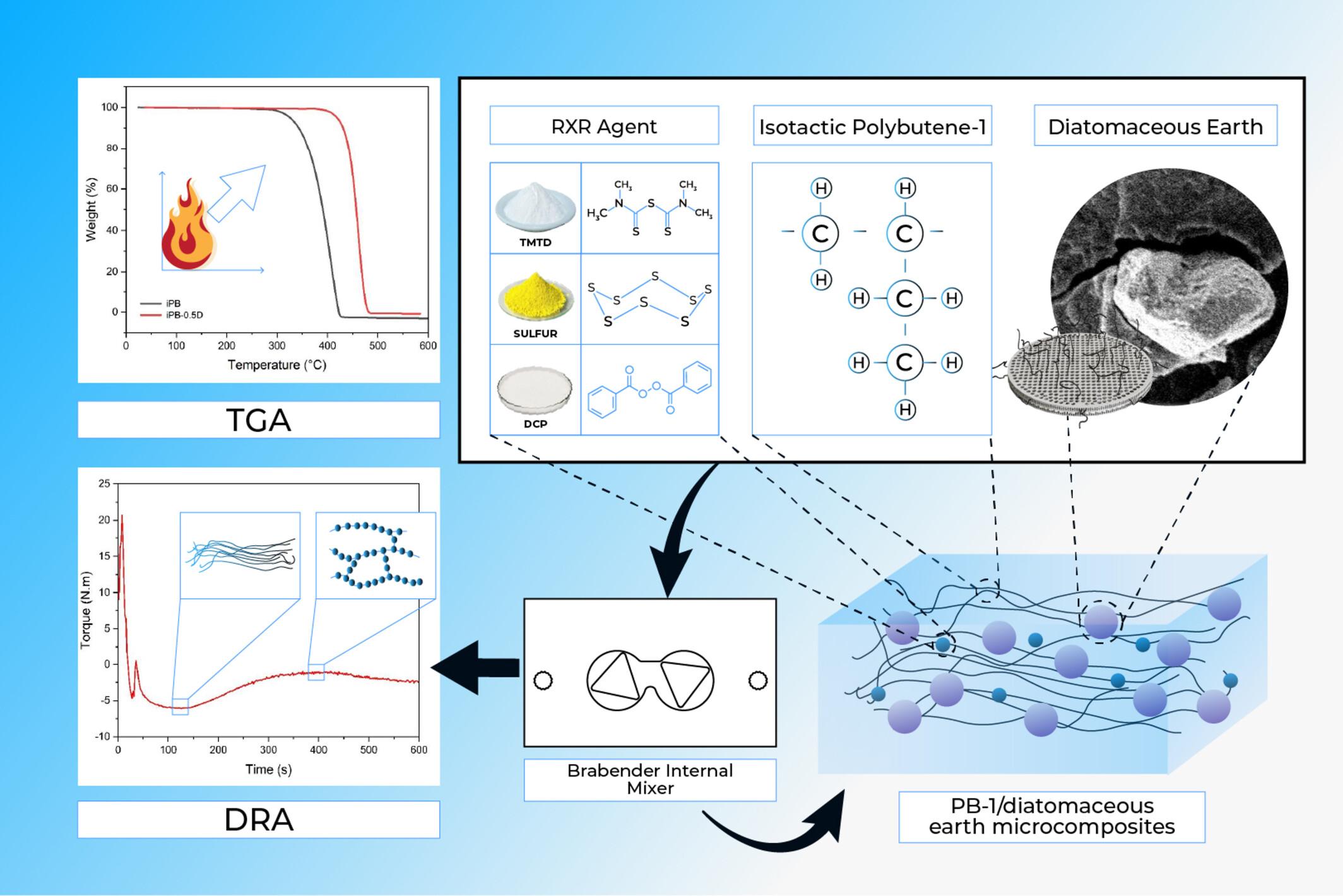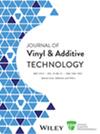Improving isotactic polybutene-1 performance with diatomaceous earth filler and a novel reversible crosslinking reaction agent
Abstract
This study investigates the application of a novel approach involving reversible crosslinking reaction agent (RXR) and diatomaceous earth to enhance the properties of isotactic polybutene-1 (PB-1) resin. The present study diverges from conventional methods by focusing on the combined effects of these two additives on various attributes, including rheological, mechanical, thermal, structural, and morphological properties. A unique crosslinking approach involving a combination of sulfur, accelerator, and peroxide was employed to change the surface of diatomaceous earth, yielding promising results. The rheological investigations revealed that the RXR agent led to a substantial increase in viscosity as a result of a crosslinking reaction, while diatomaceous earth had a minimal impact. The incorporation of both compounds led to a significant reduction in mechanical properties. The addition of diatomaceous earth filler demonstrated anti-nucleating characteristics, leading to a reduction in both the temperature at which crystallization occurs and the extent of crystallinity. In contrast, the RXR agent has demonstrated an increase in crystallization temperature. The use of diatomaceous earth filler led to a substantial enhancement in thermal stability. Furthermore, FTIR and WAXS analysis revealed that neither diatomaceous earth nor the RXR agent caused significant alterations in crystalline modification. The SEM micrographs revealed the clustering of diatomaceous earth filler, which is likely due to inadequate interactions between the filler and the matrix, explaining the decrease in mechanical characteristics that was found.
Highlights
- RXR increases viscosity significantly via crosslinking.
- Both agents decrease mechanical properties.
- Diatomaceous earth reduces crystallization temperature and degree.
- Diatomaceous earth filler enhances thermal stability in PB-1 resin.


 求助内容:
求助内容: 应助结果提醒方式:
应助结果提醒方式:


